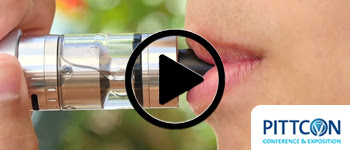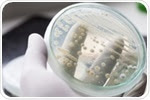| ||||||||||||||||||||||||
| ||||||||||||||||||||||||
| ||||||||||||||||||||||||
| ||||||||||||||||||||||||
| ||||||||||||||||||||||||
| ||||||||||||||||||||||||
jueves, 24 de mayo de 2018
The best coupling method for peptide synthesis
http://cem.com/es/liberty-prime/
Suscribirse a:
Enviar comentarios (Atom)






























.png)











No hay comentarios:
Publicar un comentario